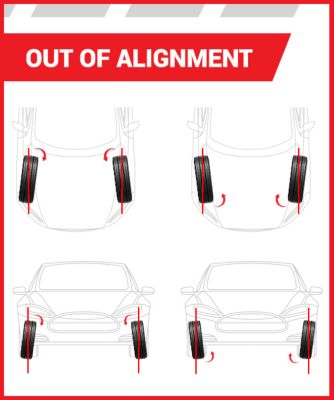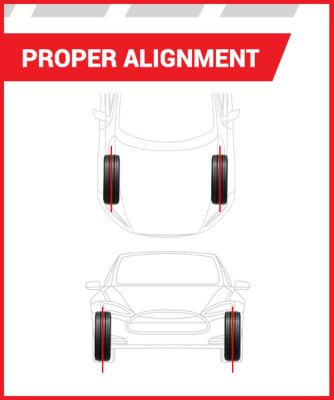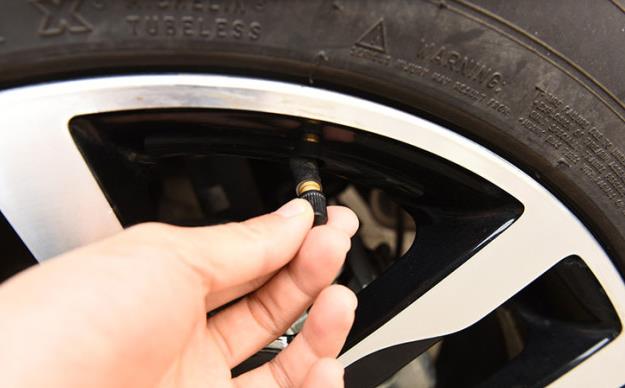Wheel Alignment: What It Means and Why It Matters
Wheel alignment, also referred to as tire alignment, is one of the most important, and common, vehicle maintenance necessities.
The term "alignment" doesn't just refer to an adjustment of your vehicle's wheels or tires — it's actually about the entire suspension system. A suspension system is made up of highly calibrated components — tires, air pressure, springs, shock absorbers and steering linkages — all working together to make sure that your tires are connecting with the road surface properly. When they get out of alignment, it can cause decreased handling, safety, driving comfort, fuel economy as well as excessive tire wear.
Symptoms of Your Vehicle Being Out of Alignment
Your vehicle's suspension has a lot of enemies — bad roads, potholes, curbs, accidents, etc. An encounter with any one of these hazards can be jarring to your suspension and wreak havoc on your alignment. There are several ways to tell if your vehicle is in need of an alignment:
Your vehicle is pulling to one side.
Your steering wheel is shimmying.
Your tires are showing signs of uneven or rapid wear.
Your steering wheel is off center when you are driving straight.
Any one of these could indicate that your wheels are misaligned and signal that it's time to have them checked by a licensed service technician.
What Happens in a Realignment?
A wheel alignment is a complex process that brings your vehicle's suspension into its proper manufacturer-designated configuration, so this isn't a job to tackle on your own.
Highly specialized computerized alignment machines help the technicians align the vehicle's wheels by adjusting the suspension and/or steering linkage. The machines will also help guide the adjustment of the tire angles to ensure that they are making optimum contact with the road. This is the key to proper alignment.
The Benefits of Proper Alignment
The obvious benefit of getting an alignment is that whatever annoying symptom inspired you to get the service performed in the first place will be gone. But there are other major benefits that come with a properly aligned vehicle:
Safety. Proper alignment enables your vehicle to drive straight without pulling to one side, undermining your control and handling. It's also easier and more fun to drive.
Improved mpg. Aligned wheels create less friction between the tires and the road, which means it won't take as much power or use as much gas to get rolling and keep you moving.
Increased tire life. Often, the most visible benefit of an alignment is less tire wear. Proper alignment can increase the lifespan of your tires by thousands of miles, so you don't need to buy new tires as often. Replacing tires can be a big hit to the wallet, and, generally, what you pay for a routine alignment is far less than the cost of replacement tires.
Maintaining Proper Alignment
Misalignment is a common result of everyday driving, and it can often be difficult to avoid, but there are things you can try to extend the time between alignments:
Avoid hitting potholes or curbs. On rough roads, even the slightest bump can knock your wheels out of alignment.
Avoid excess weight in your trunk. The heavier your vehicle, the more it can lower the height of the chassis and throw off the alignment.
Drive conservatively. If you drive and corner at reasonable speeds, it puts less stress on your steering and suspension components, and less stress usually means a longer tire life.
Even If you're not experiencing any symptoms that signal your vehicle needs an alignment, it's a good idea to have it checked periodically, as specified in your vehicle owner's manual.
Previous: Wheel Alignment: What It Really Means
Next: What is a Tire Blowout?


























